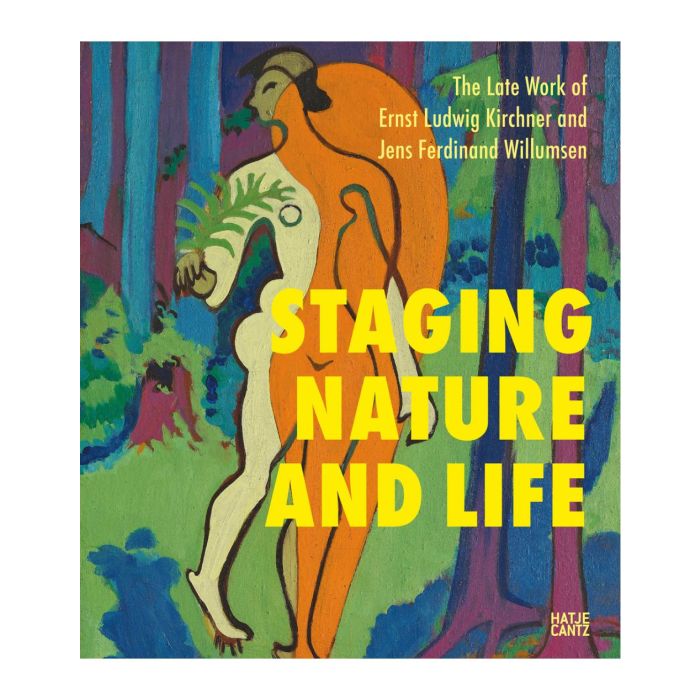My Cart
Your cart is empty
Looks like you haven't made your choice yet.
- Subtotal
The Late Works of Ernst Ludwig Kirchner

Staging Nature and Life
- Hatje Cantz (Thames)
- Anders Ehlers Dam
More Information
| Publisher | Hatje Cantz (Thames) |
|---|---|
| ISBN | 9783775746731 |
| Author(s) | Anders Ehlers Dam |
| Publication date | December 2020 |
| Edition | Paperback |
| Dimensions | 285 x 220 mm |
| Language(s) | Eng. ed. |
Description
An exceptional talent, master of Expressionist art, co-founder of Die Brücke group.
Where Ernst Ludwig Kirchner’s work is concerned, superlatives are basic. It is all the more surprising, therefore, that there has been little critical appraisal of one of the most important chapters in the painter’s life and oeuvre. Besides his Expressionist acme, his imposing later-phase work deserves special attention and recognition.
In exile in Davos, Kirchner again managed to produce an outstanding cycle of pictures, before committing suicide at the age of fifty-eight. Though continuing to use his inimitable style, he nevertheless invented something entirely new. Nature appears as an intoxicating space in intense colours, where the dignity of the human figure is negotiated in a dynamic aesthetic. The scholarly publication gives readers the complete picture in the context of another Expressionist living in a self-imposed exile during those years: Danish painter J. F. Willumsen (1863–1958). The juxtaposition of Kirchner and Willumsen poses a visually persuasive and entirely new perspective on an intense, colourful and vital vision of painting from the 1910s–1930s.
ERNST LUDWIG KIRCHNER (1880–1938) was a co-founder of the art group Die Brücke (The Bridge) and is considered one of the major figures of German Expressionism. In 1917 he retreated to Davos, where he created his later work.
J.F. WILLUMSEN (1863–1958) was one of the most versatile artists in Denmark. Throughout his long life he was passionately occupied by artistic questions. He expressed himself in all the media of the visual arts that were available to him, and he continually made new demands of his work.

The Late Works of Ernst Ludwig Kirchner
